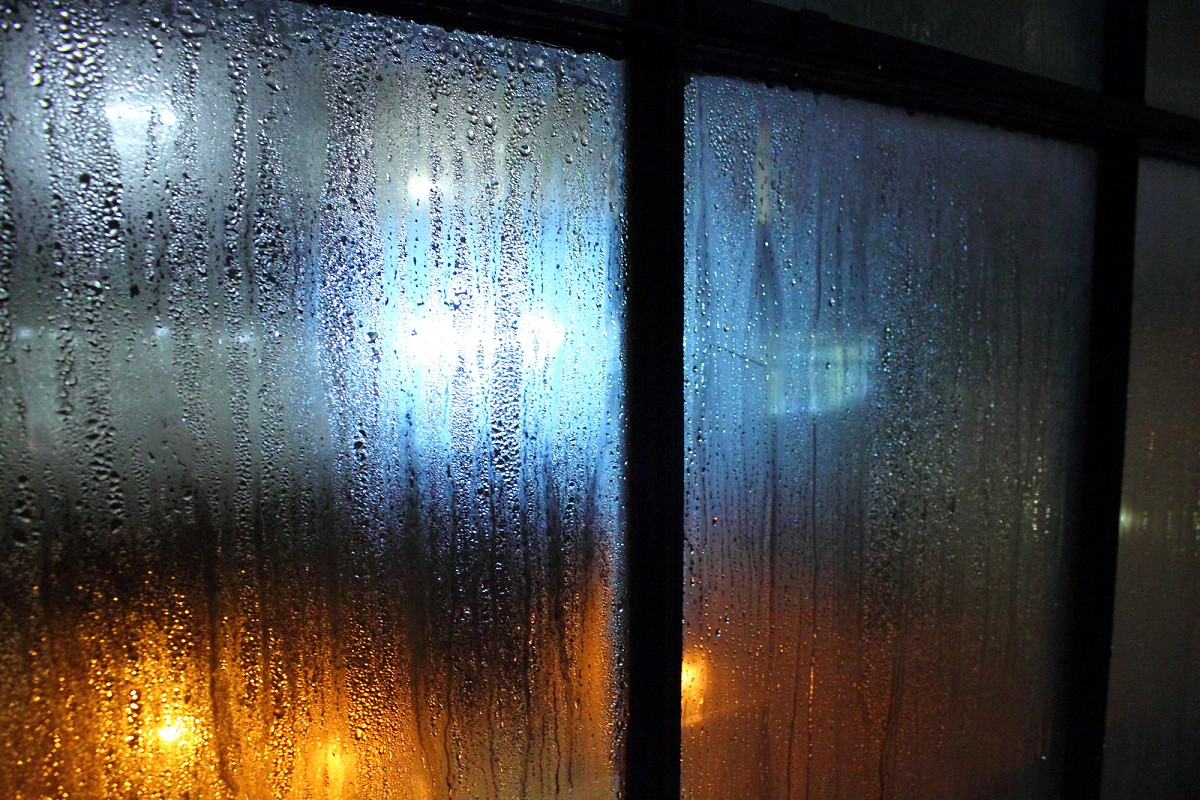How Humidity Can Damage Your Home
 Humidity doesn’t just make you uncomfortable. It also causes problems and health hazards at every level of the home. Presenting a comprehensive, bottom-to-top summary of the most common dangers of high humidity, with solutions for each.
Humidity doesn’t just make you uncomfortable. It also causes problems and health hazards at every level of the home. Presenting a comprehensive, bottom-to-top summary of the most common dangers of high humidity, with solutions for each.
Underground problems
Humid weather exacerbates moisture problems that are often a concern in crawl spaces and basements. Moisture from the ground works with moisture from the humid air to generate condensation on walls and other surfaces, and create muggy basement smells and atmospheres. In turn, this can translate to mold and mildew issues. To avoid these problems, it is important to take steps to minimize moisture below the main floor of the home.
If humidity is an issue in any season, foundation vents should be left open all year to help the foundation dry out as much as possible. On the other hand, basement windows and doors should be closed in humid summer weather.
If humidity is an issue for a basement, insulate the basement walls and run a dehumidifier. Rigid foam insulation is one good option, since it is essentially waterproof. However, it must be covered with drywall or another fire barrier. Attach a humidistat to the dehumidifier to control the humidity levels.
Crawl spaces should be covered with polyethylene or other thick, solid vapor barrier to guard against moisture from the ground creating bigger problems. Crawl spaces with moisture barriers also should have one square foot of vent area for every 1,500 square feet of crawl space area, according to Michigan State University (MSU) researchers. Crawl spaces without moisture barriers should have one square foot of venting per 150 square feet of space.
Mechanical system problems
Humid weather can also leave condensation on water pipes and toilet tanks. Again, this condensation may lead to mold and mildew problems. If a toilet tank regularly beads with condensation, consider installing waterproof insulation inside the tank. Also wrap insulation around your water pipes to minimize condensation.
Flooring problems
Moving up from the basement, the floor is the next likely victim of humidity problems. Mold and mildew can get into wood flooring or carpets, and may be hard to completely remove. It is best to avoid such problems by decreasing humidity. Air conditioning systems reduce humidity while reducing the temperature, if they are installed correctly.
Mildewed carpet should be cleaned with an electric shampoo machine. If musty odors develop, either replace the entire carpet or have it professionally cleaned and dried off-site. Replace musty or damp padding.
If mildew develops on wood flooring, scrub it off with trisodium phosphate or quaternary disinfectants, then rinse and dry thoroughly, and add a mildew-resistant paint.
Storage Problems
Humidity also wreaks havoc on clothes, food and other stored items. Dry foods can draw in moisture and quickly go stale if humidity exceeds 60 percent. Cans may rust and leak in humid weather: damaged or swollen cans should be tossed out. If humidity is an issue, keep stored food in an air-conditioned space.
Reduce humidity damage to clothing with chemical absorbents or through proper ventilation. Use silica gel packets or other moisture-absorbing materials if you plan to tightly close all closet doors and trunks. The other option is to leave closet doors open and use fans to improve air circulation. Also separate clothes within each closet to allow airflow between items.
Wall problems
Humid air can also build up in walls, which may become soggy over time, and even attract mold and mildew. Interior and exterior paint tends to bubble and peel under extended humid conditions.
To minimize such problems, boost wall insulation and consider vapor-retardant paints. Also caulk or weatherstrip all gaps and cracks around the walls, baseboards, doors and windows. According to MSU researchers, such sealing work can minimize moisture problems in walls.
Attic problems
Finally, attics often get hot and uncomfortably damp in humid weather. Be sure to properly ventilate your attic. If the attic does not have a vapor barrier (which may not be a necessity in many cases), it should have one square foot of venting per 150 square feet of attic, Michigan State University experts recommend. For areas with vapor barriers, one foot of venting per 300 square feet of attic is acceptable.
Do you need help protecting your home from the damaging effects of excess humidity? Contact an experienced contractor.
Updated January 22, 2018.
Looking for a Pro? Call us (866) 441-6648

Heating & cooling Average Costs
HVAC Contractors Experiences

I Needed To Install Shower Safety Rails After My Knee Surgery

Electrician Restarted The Lights In My Outdoor Kitchen



